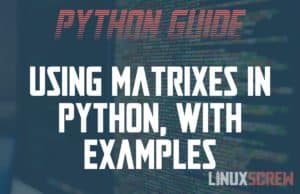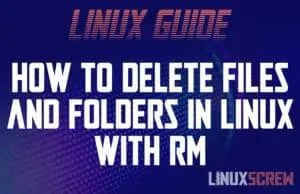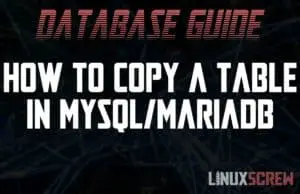JavaScript onclick() Events – Tutorial, With Examples
JavaScript adds interactivity to web pages. This article shows you how to trigger JavaScript functions when an HTML element is clicked using onclick() events and attributes. Code examples included. JavaScript Events An event in JavaScript simply means that something has happened. The mouse has moved, or a key has been pressed, and JavaScript has been notified by the raising of an event. onclick Event When the user clicks on something, the onclick event is raised, allowing you to trigger some JavaScript code when an element is clicked. … Read more



![Delete Files Older Than X Days/Hours in Bash [Examples] 3 Bash Deleting Files Older Than X](https://cd.linuxscrew.com/wp-content/uploads/2021/05/bash-delete-files-older-than-feature-300x194.jpg)


![OpenWRT: Secure DNS over TLS with LuCI [No Command Line] 17 OpenWrt Secure DNS TLS Tutorial](https://cd.linuxscrew.com/wp-content/uploads/2021/05/openwrt-secure-dns-feature-300x194.jpg)
![Segregating Devices and Networks in OpenWrt [Tutorial] 21 OpenWrt Segregated Wifi](https://cd.linuxscrew.com/wp-content/uploads/2021/05/openwrt-segregated-network-feature-300x194.jpg)


